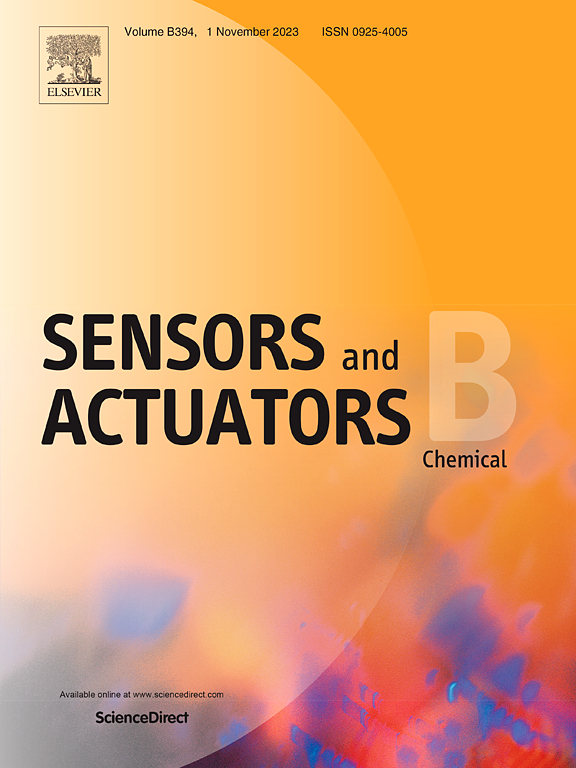Photoactivatable CRISPR/Cas9 lateral flow strip platform for one-pot rapid detection of squamous cell carcinoma antigen DNA in blood
IF 8
1区 化学
Q1 CHEMISTRY, ANALYTICAL
引用次数: 0
Abstract
Cervical cancer, one of the major threats to women's health, has been gradually decreasing in age of onset and shows a younger trend in recent years. Squamous cell carcinoma antigen (SCCA), as the preferred serum biomarker of cervical cancer, can be effectively screened and detected by quantitative polymerase chain reaction (qPCR). However, the operation process of qPCR is time-consuming and needs to rely on complicated experimental procedures. In this study, we creatively developed a UV light-controlled CRISPR/Cas9 lateral flow strip system for one-pot rapid detection of SCCA DNA in 34 clinical peripheral blood samples. Compared with the commercial SCCA ELISA kit, the photoactivatable detection system not only simplified the whole process without DNA extraction, but also completed the true one-pot rapid detection in 30 minutes, effectively preventing the occurrence of off-target effect and avoiding the risk of sample contamination during the process. In addition, we have successfully solved the incompatibility between recombinase-aided amplification (RAA) and CRISPR system, and increased the minimum detection limit to 10 fg/μL. The detection accuracy has reached an amazing 94.12 %, which is much higher than 79.41 % of the SCCA ELISA kit. Our study indicates that this photoactivatable CRISPR/Cas9 lateral flow strip system has potential application prospects for the early diagnosis of cervical cancer, and further extended to the detection of other related diseases.
求助全文
约1分钟内获得全文
求助全文
来源期刊

Sensors and Actuators B: Chemical
工程技术-电化学
CiteScore
14.60
自引率
11.90%
发文量
1776
审稿时长
3.2 months
期刊介绍:
Sensors & Actuators, B: Chemical is an international journal focused on the research and development of chemical transducers. It covers chemical sensors and biosensors, chemical actuators, and analytical microsystems. The journal is interdisciplinary, aiming to publish original works showcasing substantial advancements beyond the current state of the art in these fields, with practical applicability to solving meaningful analytical problems. Review articles are accepted by invitation from an Editor of the journal.
 求助内容:
求助内容: 应助结果提醒方式:
应助结果提醒方式:


